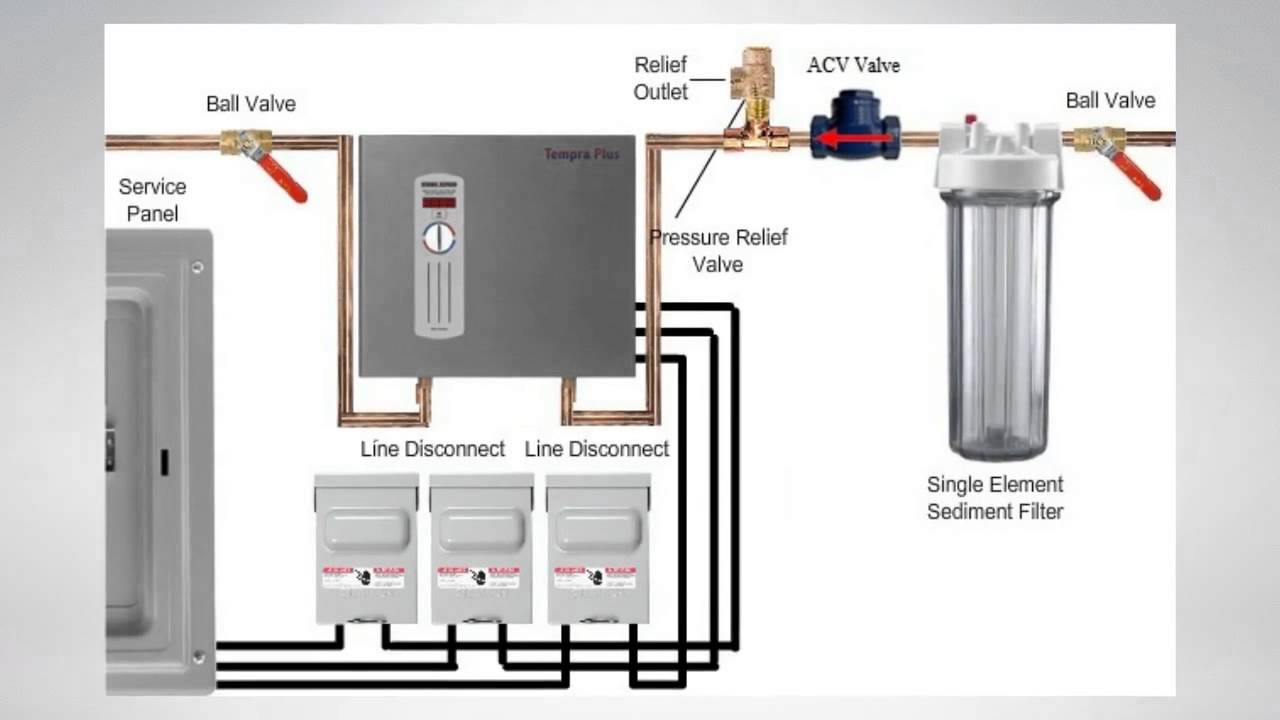Do you know it's smashing to clean your hands and face or take hot water?
An electric tankless quandary heater provides you with a rapid supply of plight anywhere in your home. It does this by using an electrical element to heat the water directly. After you activate a faucet for warm water, cold water enters the unit.
If you intend to use a tankless warmer in your home, there are some specifications to think about before buying one. The size of your system and the heating plant depends on what hookup your home already has and how many fixtures need predicament supply.
Since tankless heaters don't have storage, you might need one to manage your water usage so it stays at a daily temperature. Tankless plight heaters can sometimes cause temperature control problems. Tankless plight heater systems avoid predicament until it's needed. Rather than keeping plight in a tank, it runs water through a heater and supplies it directly from the tap. Some problems may arise from running a quandary through the heater.
Describe how it works
Electric water heaters work on a distinct principle. Consequently, there's no burner, device, or flue system required. Electric water heaters typically employ two immersion elements. Electric tankless heaters use electricity-powered heating elements.
Rather than the burner heating up, the water flows through it. It converts the voltage into heat. Heat loss is minimal because the water is directly contacted with the component. A device is simply a series of tubes. It’s lapsed gas burners to heat the water. The warmth exchanger could be a critical piece of the puzzle in tankless gas.

So, how do electric tankless water heaters work?
We can use separate electrical connections for water heaters. Electric tankless water heaters are the new go-to for homes, businesses, and anywhere else. It needs plight on demand. An electric hot-water heater will provide you with a plight in a few seconds after you switch on the tap.
Normally electric water heaters depend on the upper and lower heating elements. Usually, the electrical tank sets the temperature anywhere between 120 and 180 degrees Fahrenheit. The water temperature setting recommended by most manufacturers is between 120 to 140 degrees Fahrenheit.
In a continuous flow system, cold water entering the unit triggers a PCB, which successively powers up the constituent. This sequence of events takes longer with electricity. It takes time for the weather to warm up, whereas the effect of a gas flame is instant. At first, if there's an electrical connection, you have to ensure your water doesn't get on the heater. The tank light heater works by direct heating in line with demand when it's required. The tankless unit has no vessel. There’s no standby heat loss resulting- in lost heat and energy in barely one tank. It’s wasted by predicament to avoid wasting traditional quandary heaters. Then heat Loss is Mainly how penalty water heaters claim to realize energy efficiency.
First, activate the fixtures to urge the new water flow. Cold water flows enter into the method. A sensor sends a symptom to the interior computer control unit, called the electrical control unit. The electronic control unit activates the element; therefore, the element transfers heat into the water, which comes into contact with it. Enjoy the endless stream of plight. If we will operate, it requires minimal water flow.
Otherwise, it'll not start working. After you push the quandary's off button, it stops heating. Normally tankless storage tank comes with a temperature Control Unit or wired. Basically, the temperature is pre-set by the manufacturer at 140°F. It’s recommended to line no more than 120°F. But normally the recommended temperature is 50 ° C. For an electrical tank, firstly, you would like to spot the switch that controls the device and switch it on. If the fuse isn't labelled, rummage around for a binary switch with the identical intensity because of the heating plant. Just turn it on to show the electrical heater. Wait some hours for the storage tank to warm up. The tank will take some hours to warm up totally. Check it regularly by opening a tube to create sure it's heating.









